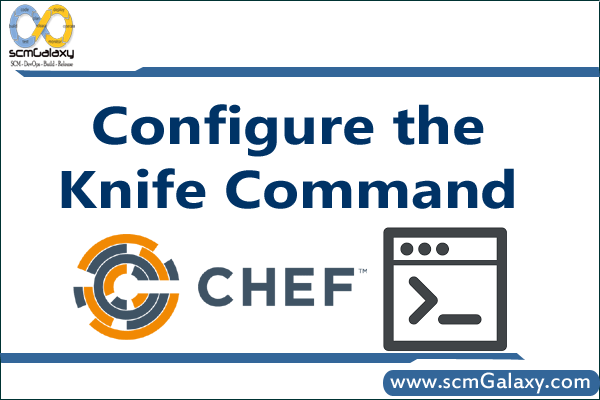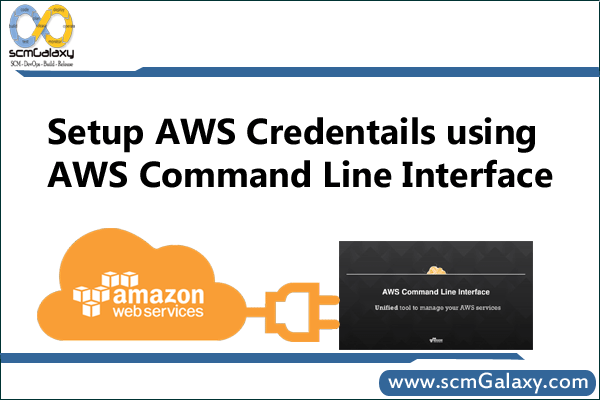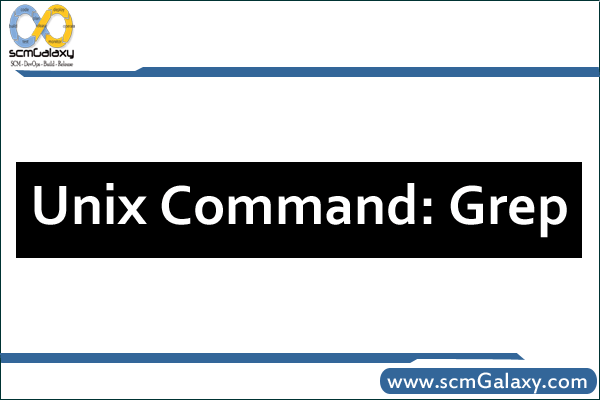created the topic: Run CreateInstall from the command line? Goto page 1, 2 Next
Hi,
I am wondering if it is possible to use CreateInstall to create an installer package from the command line (according to a specific .ci file).
This way I could create a package using a cmd file. Making the package could be done automatically ….. from a script of mine. Idea
applicationPackaging replied the topic: Re: Run CreateInstall from the command line? Goto page 1, 2 Next
Yes, you can.
ci.exe
For example
ci.exe “c:\my setups\my.ci”
ci-light.exe c:\temp\my.ci
_________________
replied the topic: Re: Run CreateInstall from the command line? Goto page 1, 2 Next
ow I am wondering if there is a switch that would suppress the “Creating Installation” Dialog ?
If not, maybe “we” could add this feature in the future? —- Wink
applicationPackaging replied the topic: Re: Run CreateInstall from the command line? Goto page 1, 2 Next
There is not such feature.
The state of checkboxes is the same as in the previous execution.
replied the topic: Re: Run CreateInstall from the command line? Goto page 1, 2 Next
Hi,
Before I was Running ci.exe from the command line according to a specific .ci file
I ran from vbscript [ci.exe “File.ci”] it in a hidden window, I still saw the Build Dialog. But I did not see the ci.exe main window.
In CI5 is there a way?
How about cicmd.exe ?
Does ci.exe have any undocumented switches?
I would at the very least like to run from a .cmd file without the Main window and see just the Build Dialog like I can do using vbscript.
I am trying to automate the Packaging operation. I would like it to be Totally quiet, and at the most see the Build Dialog.
I would like to do this without using vbscript.
Any hope for me? Rolling Eyes Rolling Eyes
I noticed if I make an XP shortcut to ci.exe, and in the properties window choose Run Minimized.
Then if you double click the shortcut, ci.exe does Not run minimized. So I cannot use this as a workaround.
applicationPackaging replied the topic: Re: Run CreateInstall from the command line? Goto page 1, 2 Next
If you want to run creating setups from the command line then use cicmd.exe
cicmd.exe “path to your .ci project file”
Also, see Project tab – > Setup Builder options of your project.
About minimizing shotrcuts
Open cmds\cmds\system\shortcut.gt
Change Line 91 from
2
to
7
Save it. It will fix the problem.
applicationPackaging replied the topic: Re: Run CreateInstall from the command line? Goto page 1, 2 Next
Great,
cicmd.exe let me run the ci file with the main window minimized.
I only see the Build Dialog Box.
That was a big help.
Alexey I have a cmd script that is parsing and writing the *.ci file.
At the end of the .cmd file, I run the file now using cicmd.exe.
It would really be nice to be able to suppress the Build Dialog.
In my .cmd file I want to parse and create the .ci file, then Build the CreateInstall.exe file.
Then I would like to go on without stopping in my .cmd file, and parse a new *.ci file, and then create a new Installerexe file then perhaps repeat again more times!
But I cannot do this as when I run cicmd.exe the first time, the Build Dialog Opens and I have to close it.
Though I would MUCH prefer to be able to suppress the Build Dialog when using cicmd.exe , I could get by if the Dialog would open then close automatically.
In CI5, checking the box in the Build Dialog for “Close Automatically On Completion” seems to do nothing (even for a re-build).
Help! (a little bit more) Smile
replied the topic: Re: Run CreateInstall from the command line? Goto page 1, 2 Next
For example, you have a project myproject.ci.
Open it with ci.exe
Open Project Tab – Setup Builder.
Check on ‘Close Automatically’ checkbox there.
Save it.
Now if you run it as
cicmd.exe myproject.ci
then Build Dialog will be closed automatically.
applicationPackaging replied the topic: Re: Run CreateInstall from the command line? Goto page 1, 2 Next
This may be true, but I never will use cicmd.exe on a .ci file that has been run by double clicking (thru the main window).
So When I run a .ci file with cicmd.exe, a .ci file that has never been run …… when I check the box “Close Automatically” then hit the button “Close”…. (here there is no way to “save”) .
For a new .ci file, the box is always unchecked by default.
I need a preference setting to choose cicmd.exe to always close automatically (for the next time I run a new file with cicmd.exe)
Always on a .ci file never Built, the box is unchecked.
Am I wrong?
replied the topic: Re: Run CreateInstall from the command line? Goto page 1, 2 Next
You can manage the state of checkboxes from the command line.
-r or -r1 – ‘Launch setup on close’ is checked
-r0 – unchecked
-c or -c1 – ‘Close Automatically’ is checked
-c0 – unchecked
For example,
cicmd.exe -c -r “myproject.ci”
applicationPackaging replied the topic: Re: Run CreateInstall from the command line? Goto page 1, 2 Next
Just what I needed !
That -c1 switch is just “what the Doctor ordered” !
That works and allows me to do what I wanted to do.
Smile Smile Smile Very Happy Very Happy Very Happy Very Happy Very Happy
Thanks for doing such a good job understanding what I wanted to do.
Once again CreateInstall comes thru, and has the power to solve my problem to my perfect satisfaction.
This is rare in the world of software, and I say these things because I am fussy: it seems like I am always wanting to do something the software cannot do.
Also the time it takes to get answers in this forum is super short. Anyone reading this post Knows that real answers do not come quickly in the forums elsewhere on other subjects! I KNOW !!!!!!
All of this represents a level of quality, I for one, only aspire to !
Report This
Quick Reply Action Moderate Thank You
Tagged : command






